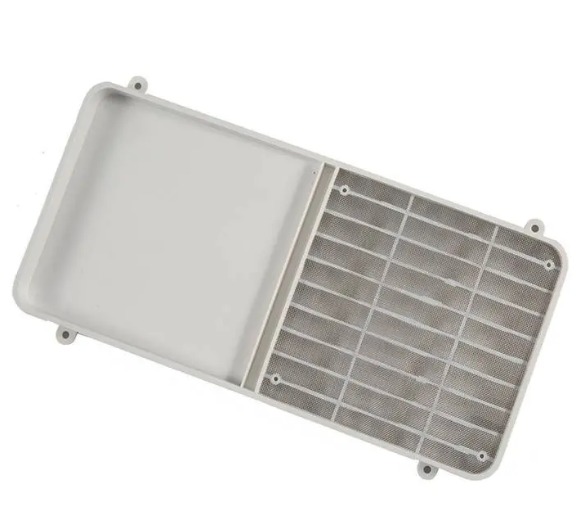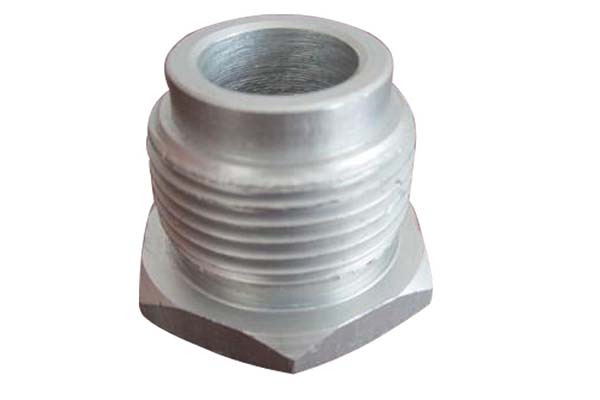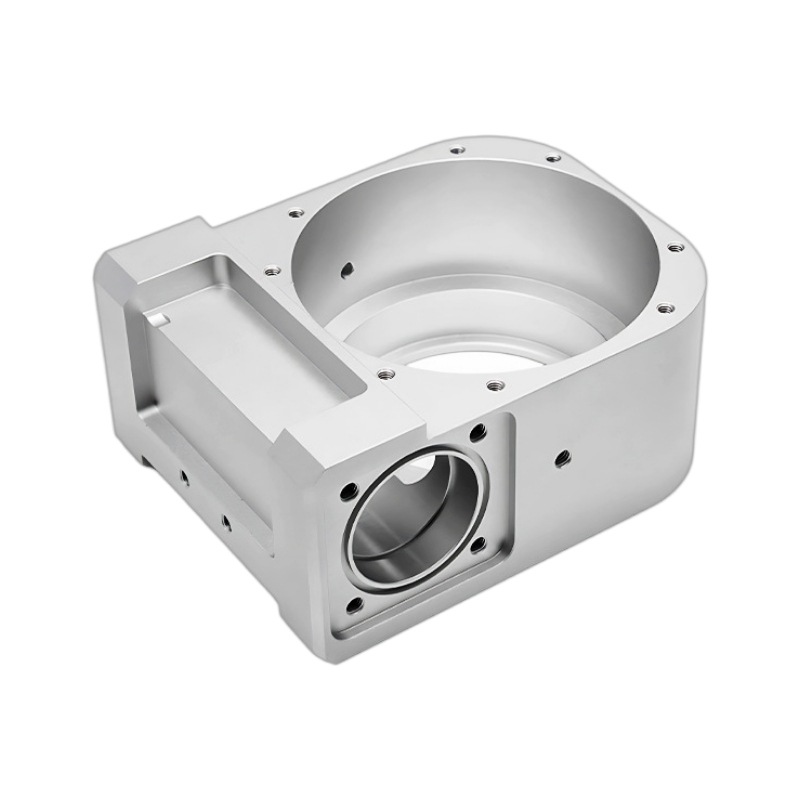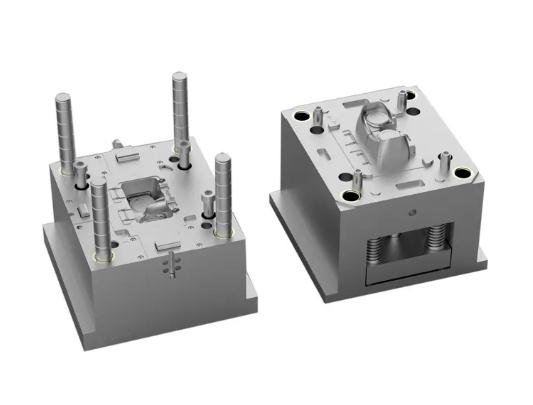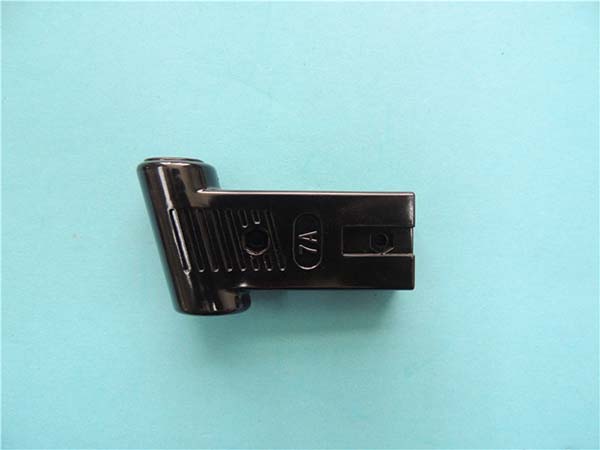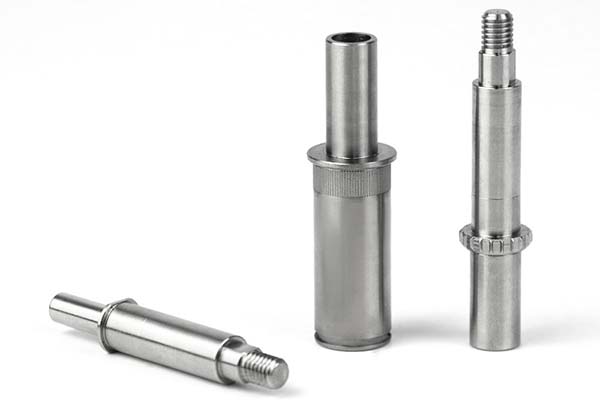If you’ve ever struggled with delayed production, unexpected costs, or parts that don’t meet specs, you know engineering machining is equal parts art and science. Whether you’re a designer, production manager, or engineer, this guide breaks down the core pillars of successful machining—from design to advanced tech—with real-world solutions you can apply today.
1. Design for Manufacturability (DFM): Avoid Costly Mistakes Early
Think of DFM as your machining safety net. It’s the practice of designing parts with manufacturing in mind—not just function—and it’s where 70% of product costs get locked in . Skip this step, and you’ll face rework, delays, or even scrapped batches.
Key DFM Practices to Master
- Simplification: Cut unnecessary features. A milled aluminum bracket saw 12–18% faster cycle times when its internal corner radius went from 1mm to 3mm .
- Tolerance Analysis: Relax tolerances where possible. Tight tolerances on non-critical surfaces add cost without value.
- Material Selection: Choose easy-to-machine materials that fit your budget. For example, switching from forged to billet steel for small-batch suspension mounts cut lead times by 70% and reduced costs .
Real-World Win
A security industry client once faced 6-month lead times for phosphor bronze and naval brass components. By applying DFM—simplifying part geometry and standardizing features—they shrank lead times to 10 weeks . The fix? Removing non-essential contours that slowed toolpaths.
2. Process Engineering & Planning: Turn Designs into Action
Even the best design fails without a solid plan. Process engineering is about mapping every step from raw material to finished part—using tools that eliminate guesswork.
Critical Planning Tools (And How to Use Them)
| Tool | Purpose | Pro Tip |
|---|---|---|
| Method Sheets | Outline step-by-step machining processes | Include tool types and inspection checkpoints to avoid errors |
| CAM Software | Generate toolpaths for CNC machines | Pair with Toolpath Optimization to cut cycle times by 15–20% |
| Set-up Sheets | Document machine settings (feeds, speeds, fixtures) | Add photos of fixture setups for new operators |
Case Study: The Rectangle vs. Hex Dilemma
A client needed a part that wouldn’t spin in plastic overmold. Traditional hex designs failed, so engineers switched to a rectangular shape. Instead of costly milling, they used a polygon tool at 10,000 RPM—finishing parts in half the time . The lesson? Operation Sequencing (choosing the right order of steps) saves both time and money.
3. Materials & Metallurgy: Pick the Right "Building Block"
Machinability isn’t just about the machine—it’s about the material. A metal’s hardness, microstructure, and response to heat treatment make or break your part.
Key Material Properties to Prioritize
- Machinability: Aluminum (easy) vs. titanium (hard) affects tool wear and speed.
- Thermal Expansion: High-carbon steels expand more when heated—critical for parts used in high-temperature environments.
- Stress Relief: Annealing (heating and cooling slowly) reduces internal stress in steel parts, preventing warping after machining .
Pro Move for Cost Savings
A locomotive client initially planned water jet cutting for 85mm-thick fire hole rings. It was expensive, and drilling holes manually added time. By switching to High-Speed Machining of flame-cut blanks, they matched the cost of water jetting but cut production time by 40% . The material? A low-alloy steel with excellent machinability.
4. Precision & Metrology: Measure Twice, Machine Once
In machining, “close enough” isn’t enough. Precision is about hitting tight tolerances—and proving it with data.
Essential Metrology Tools
- CMM Programming: Coordinate Measuring Machines (CMMs) check dimensional accuracy down to 0.0001”. For electronic connectors, one shop used CMMs to verify single-sided drilling (instead of two-sided) while holding ±0.0001” tolerances .
- GD&T: Geometric Dimensioning & Tolerancing defines part geometry clearly—reducing miscommunication between design and production.
- SPC (Statistical Process Control): Tracks variations in real time. One automotive supplier used SPC to reduce vibration in parts, cutting product noise by 30% .
Data You Can Trust
- Tightest common tolerance for medical parts: ±0.0005”
- Surface finish standard for aerospace components: 4 microinches or better
- Calibration frequency: Metrology tools need calibration every 6–12 months to stay accurate .
5. Advanced Machining Technologies: Future-Proof Your Shop
2025 is all about smarter, faster machining. These techs aren’t “nice-to-haves”—they’re how you stay competitive.
Top Tech Trends to Adopt Now
- Multi-Axis Machining: 5-axis machines handle complex shapes in one setup—reducing clamping errors and boosting yield by 20% .
- Additive Hybrid: Combine 3D printing (for near-net shapes) with CNC machining (for precision). Aerospace shops use this to cut material waste by 30% .
- Smart Manufacturing: AI-powered adaptive control adjusts toolpaths in real time for vibration or heat—improving accuracy by 30% .
Example of Next-Level Machining
Aerospace engineers once struggled with polished, contoured parts. They developed a custom lapping process (paired with 5-axis machining) to hit 4-microinch finishes—something traditional methods couldn’t do . The result? Lighter, more efficient components for jets.
Yigu Technology’s Perspective
Engineering machining is entering an era of “precision with purpose.” At Yigu Technology, we’ve seen clients cut costs by 25% not just through better tools, but by integrating DFM and smart tech early. The biggest gap we notice? Teams treating design and machining as separate steps. In 2025, the winners will be those who unify these processes—using AI to optimize toolpaths, metrology to validate quality, and DFM to avoid rework. Machining isn’t just about making parts; it’s about making parts better—faster and cheaper.
FAQ: Your Machining Questions Answered
Q: How much does DFM really save?A: On average, DFM reduces part costs by 9–14% and cuts cycle times by 12–18% for milled parts . For high-volume production (10k+ units/year), savings jump to 20%+.
Q: When should I use multi-axis machining vs. 3-axis?A: Use 3-axis for simple shapes (blocks, holes). Choose 5-axis for complex parts (curved aerospace components) to avoid multiple setups—and reduce errors.
Q: How often do I need to calibrate metrology tools?A: For daily use, calibrate every 6 months. If tools are used in harsh environments (dust, heat), calibrate every 3 months to maintain accuracy .
Q: What’s the biggest mistake new machinists make?A: Skipping Tolerance Analysis. Over-specifying tolerances adds cost without improving performance. Always ask: “Does this tight tolerance matter for function?”


